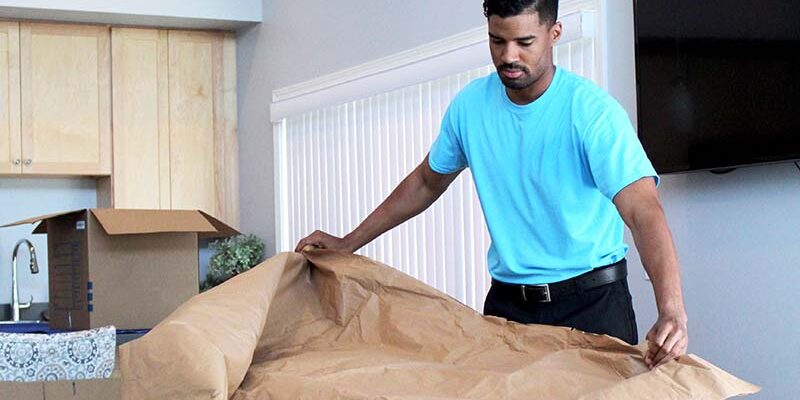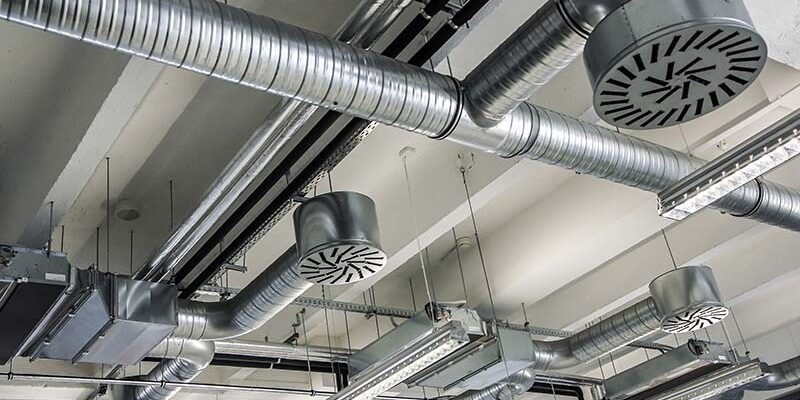3 Ways to Clean Graffiti

By Rachel Anderson
No matter the subject matter or artistic quality, unsolicited graffiti done on walls, buildings, mailboxes, buses, dumpsters, and street signs is typically unwanted as far as most people are concerned. Unwanted graffiti is nothing more than vandalism, which also happens to be illegal just about everywhere.Graffiti has always been a problem for government units and private individuals alike. In the United States alone, cleaning up graffiti-based vandalism already costs billions of dollars annually. And while city governments, building owners, and communities are working with each other to curb graffiti-based vandalism, the fact that it continues to sprout in public places means graffiti removal is a regular, necessary service.
Cleaning graffiti takes a lot of time, effort, and resources, so many communities and businesses hire companies that specialize in graffiti removal. For restoration companies, this can be a valuable way to diversify your business, as you likely already have many of the tools and equipment needed. Let’s look at three methods to clean graffiti.
Pressure washing
As much as possible, professional graffiti cleaners try to remove the offending “artwork” using the power of water pressure alone. With a pressure washer in hand, they do manage to clean graffiti from various surfaces, especially freshly applied graffiti.
Professionals who clean graffiti with pressure washers make sure to keep their spray wand close to the surface, with the pressure washer spray at an angle. Doing this allows the water pressure to chip and peel the graffiti more effectively. Professionals avoid spraying graffiti straight on, as this can actually push the paint deeper into the vandalized wall.
Sometimes, graffiti can be so stubborn that plain water pressure is not enough to remove it. In these cases, restoration companies that offer graffiti cleaning services have no choice but to use harsher methods.
Using solvents and other products
Graffiti removal can also be done effectively using solvents that are readily available. These solvents are usually liquids, and they work by dissolving another substance, like paint. When using solvents to clean graffiti, it’s important to choose an appropriate solvent for the situation.
For graffiti on brick, cement, or concrete surfaces, an extra-strength paint remover should be strong enough to work. It is usually given time to activate, and once it does, rinsing the affected surface with a forceful stream of water from a hose should remove the graffiti for good.
For graffiti that has been on a wall for some time, turpentine is the solvent of choice. It’s very good for removing old, hardened paint. Fresh graffiti, on the other hand, can be effectively removed by mineral spirits, which are also referred to as white spirits. They are specifically made as a substitute for turpentine, and their odor is less offensive.
For walls filled with graffiti created using crayons, the best option is naphtha, a more volatile and powerful solvent than mineral spirits. When using naphtha, technicians must wear a respiratory mask and rubber gloves.
For spray-painted graffiti, the most effective solvent would be lacquer thinner. It also works effectively on most paints, even those that have already hardened; however, it’s not suitable for plastic and vinyl surfaces as it can soften them.
Professionals often use solvents in conjunction with pressure washers. When applying a solvent and then rinsing with a pressure washer, be sure to use a low PSI, usually around 80. The reason for this is that the lower pressure helps deliver the solvent or chemical more effectively to the surface you are trying to clean. Set the PSI any higher, and you could end up staining the surface as you drive the graffiti removal chemicals deeper into it.
Sandblasting
The quickest way to clean graffiti from buildings is through sandblasting. This is a harsher method of cleaning that may be necessary for the toughest cases.
As its name indicates, sandblasting involves propelling sand or any other abrasive medium onto a painted surface. The process, which requires the use of water in a power washer equipped with a sandblaster, strips the paint from the surface.
While sand is the most common medium for sandblasting, other mediums like steel grit, steel shots, copper slag, and powdered abrasives may be considered depending on the surface and the severity of the paint or grime that needs removal.
Sandblasting can be used to remove graffiti from surfaces such as metal, concrete, masonry, brick, and wood; however, be careful when using it on brick, wood, or old stone because its erosive action accelerates the deterioration of porous surfaces.
Sandblasting may be a harsh way of cleaning graffiti, but as long as it’s done on the right surface using the appropriate medium, it’s an incredibly effective method of restoring any surface to its original state.
These are just some of the methods available to clean graffiti, but the tools and expertise needed to employ them is well within the reach of most restoration companies. Graffiti is a recurring problem that must be addressed by businesses and communities, so adding graffiti removal to your repertoire of services can be an advantageous way to diversify your restoration company.
Rachel Anderson is the content marketing strategist for Arizona Fire & Water Restoration in Phoenix. For more information, visitazfirewater.com.












